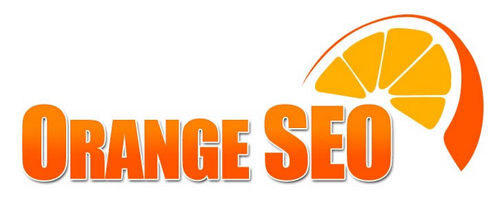If you want your website to rank on search engines, it has to contain content. But it can't be just any content; it has to be high-quality content.
The question is: what does high quality content entail when it comes to SEO? In truth, a variety of factors. We're going to review all of these factors below.
Here are the top SEO ranking factors when it comes to publishing content.
Value
Perhaps the most important component of SEO content writing is value. The content must provide value to the reader. It can't just be a bunch of keywords stuffed onto a page.
If a piece of content doesn't provide value, online users won't stick around to read through it. Instead, they'll click out of it quickly, indicating to search engines that the content is not worthwhile. This will result in the content falling down the search engine rankings.
Now, how do you ensure that your content is providing value? In general, just make sure that it's teaching something to the reader. Online users are much more likely to read a piece on "how to clean a water softener", for example, than they are to read a piece titled "water softening" that contains only general information about the practice.
Appropriate Keyword Usage
If you want a piece of content to rank for a specific keyword, you need to include that keyword in the content. This is the #1 principle of creating SEO-optimized content.
However, you can't just use the keyword willy-nilly. You have to use it strategically. Use it too much or too obviously, and your search engine ranking will drop; use it too little, and the search engine won't register that you're trying to rank for the keyword in the first place.
So, what is the best practice for using keywords? We advise placing the keyword once in the intro of the content, once in the conclusion of the content, and once in a header. Make sure to do this as naturally as possible, and try to supplement the primary keyword with a few secondary keywords as well.
To find appropriate keywords, use a keyword research tool. Some of the best of these include Ahrefs and SEMrush. Note, though, that there are free options available as well.
Appropriate Header Usage
Another factor that must be considered is appropriate header usage. Not only should you be using headers throughout your content, but you should be using headers strategically. This is vital in highlighting keywords so that search engines can easily identify what to rank your content for.
Your first header is your article title. This should be an H1 header and should contain your primary keyword one time.
You should also have a number of H2 headers spread throughout your content. These should be used to highlight big ideas. So, for instance, if you're writing an article titled "Residential Plumbing: Everything You Need to Know", you should use H2 headers to highlight different sections, such as "Plumbing Installation" or "Plumbing Repair". You'll also want to use an H2 header to highlight your conclusion.
After that, your content should be further organized utilizing H3 and H4 headers. These headers should comprise portions of each H2 header. So, if your H2 header reads "Plumbing Installation", you might have an H3 header under it that reads "Toilet Installation" or "Bathtub Installation".
Appropriate header usage doesn't just help search engines to understand the meaning of your content. It also helps human beings to read through your content, allowing for a better user experience overall.
Appropriate Link Usage
It's also important that you use links in your content. Each piece should include both internal and external links, internal ones being links that lead to other pages on your website, and external ones being links that lead to other websites.
Internal links are important for helping search engines to crawl through your website's pages. External links show search engines that you're citing sources and that your content should be taken seriously.
Generally speaking, you should include between 2 and 4 internal links and between 2 and 4 external links in each piece of content you produce.
Metadata Optimization
Underlying each piece of digital content should be metadata. This is data that describes your content so that search engines can understand it. If it's not optimized, or if it's not included at all, search engines will struggle to understand what your content is about; this will make it difficult for your content to rank.
There are several pieces of metadata to concern yourself with. First and foremost are meta descriptions. These are the small blurbs that search engines display on their interfaces.
Meta descriptions should include a title containing the piece's primary keyword as well as a short description also containing the piece's primary keyword.
You must also optimize image metadata. This includes image alt tags and image title tags. Try to work the article's primary keyword into each, using the alt tag to describe what's happening in the image, and using the title tag to accurately name the image.
Note, though, that you must be careful not to stuff keywords into these tags unnaturally. If you unnaturally stuff keywords, search engines are bound to penalize you, affecting your ranking.
Need Help Producing High-Quality Content?
As you can see, there's a lot that goes into producing high-quality content for SEO. Not only does the content have to provide genuine value but it must also use appropriate keywords as well as appropriate headers and links.
Need help producing high-quality content for your website? If so, we here at Orange SEO are the people to see. We're well-versed in catering to the Google ranking factors, and will produce content that appeals to both humans and search engines.
Contact us now to discuss your needs!







